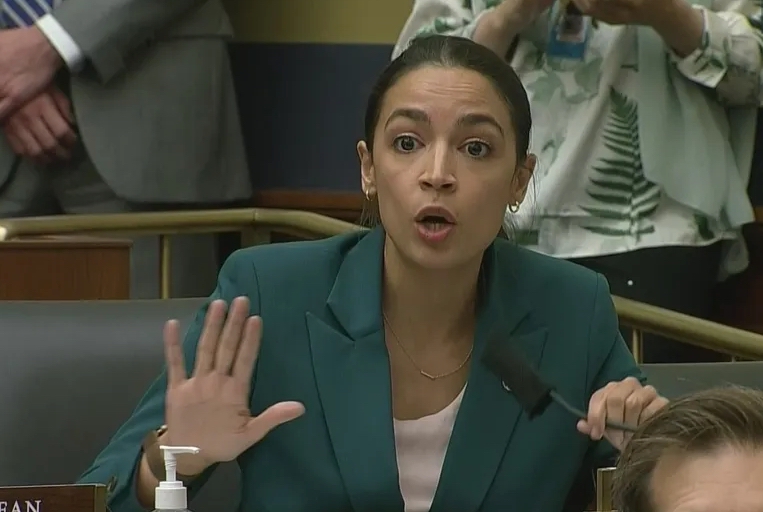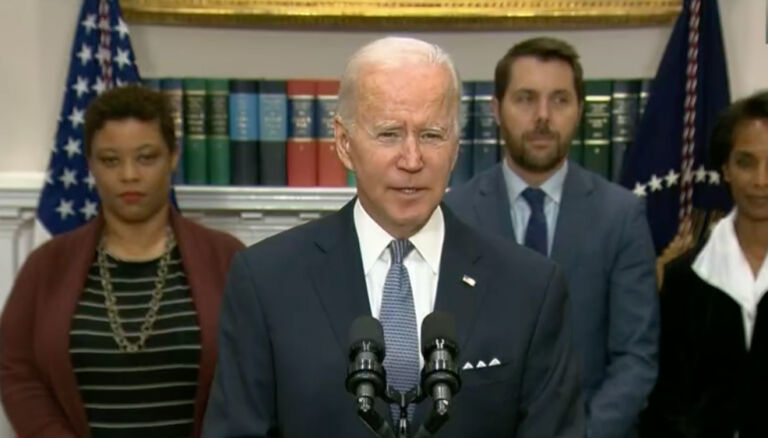John Sexton writes at HotAir.com about an interesting editorial from a leading mainstream media outlet.
The NY Times editorial board published a lengthy piece today titled “America Has a Free Speech Problem.” There’s a lot of both-sidesing of the issue here as you might expect but we’ll come back to that in a moment. First here’s how the piece opens.
“For all the tolerance and enlightenment that modern society claims, Americans are losing hold of a fundamental right as citizens of a free country: the right to speak their minds and voice their opinions in public without fear of being shamed or shunned.
“This social silencing, this depluralizing of America, has been evident for years, but dealing with it stirs yet more fear. It feels like a third rail, dangerous. For a strong nation and open society, that is dangerous.
“How has this happened? In large part, it’s because the political left and the right are caught in a destructive loop of condemnation and recrimination around ‘cancel culture.’ Many on the left refuse to acknowledge that cancel culture exists at all, believing that those who complain about it are offering cover for bigots to peddle hate speech. Many on the right, for all their braying about cancel culture, have embraced an even more extreme version of censoriousness as a bulwark against a rapidly changing society, with laws that would ban books, stifle teachers and discourage open discussion in classrooms.”
I’m sorry but we have to stop here to just look closely at that last paragraph. It’s a paragraph about cancel culture, obviously, since cancel culture is mentioned in every sentence. In the first sentence “cancel culture” is in scare quotes to indicate some detachment from the idea we’re discussing. In the second sentence, the Times castigates the left for refusing to acknowledge that cancel culture exists (no scare quotes this time). Then in the third sentence the Times accuses the right of “braying” about cancel culture which is another indication that this isn’t a serious concern. Is cancel culture real or is it “real.” Is it worthy of serious attention or not? After that confusing introduction, the editorial says Americans are confused. I guess you could argue the Times is cleverly using language to mirror the confusion Americans feel but you could also argue they’re just adding to it.


